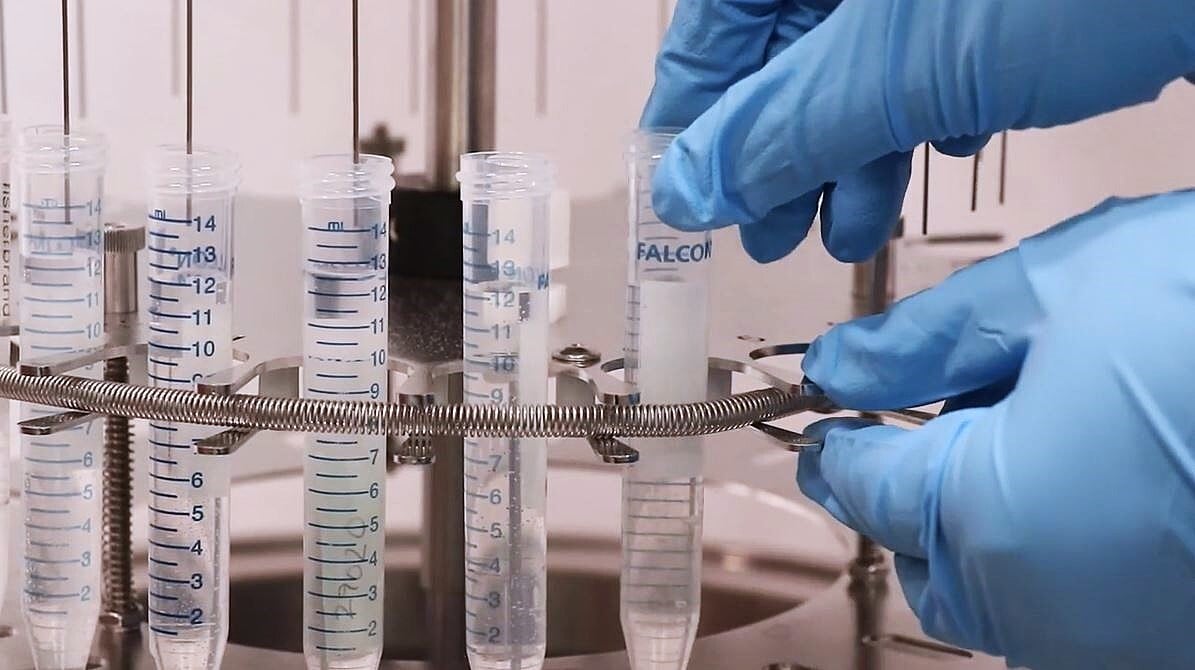
How a Center of Mass Spectrometry Prevents Lipid Degradation through Nitrogen Gas Delivery
In any scientific method, controls are established to ensure that the results can be accurately attributed to the variables being evaluated as opposed to other factors. When completing reactions with certain organic compounds such as alcohols and aldehydes, interaction with oxygen has the potential to distort results. Oxidation is a chemical reaction that occurs when a substance loses electrons due to exposure to oxygen. In everyday life, common examples of oxidation include rust and corrosion, which result from the reaction of metals with air.
Chemists can prevent oxidation from impacting their experiments in several ways. The most common approach is to complete the reaction in an inert atmosphere, an environment free from reactive substances. Nitrogen gas is a top choice for enabling an environment which is not chemically reactive. Glove boxes are a popular option for completing reactions in a controlled atmosphere. Additionally, a Schlenk line can effectively protect air sensitive samples by utilizing inert gas and a vacuum pump.
A specific area of research in which oxidation poses a threat to experimental outcomes is in lipid analysis. Oxidation of lipids can have inauspicious effects on samples and, in turn, on both food quality and overall human health. Because lipids play a critical role in human cell function and regulation, oxidation of samples during analysis can significantly hinder results and compromise sample integrity. Specifically, identifying which oxidized groups within lipid samples are affected, and understanding how their positions on the molecule influence their function, is crucial. Organomation sample concentrators help prevent oxidation prior to this analysis, preserving sample integrity and improving overall results.
Organomation sample concentrators are very popular among universities with laboratories dedicated to mass spectrometry. These evaporators are invaluable tools for removing excess solvent ahead of chromatography. At Louisiana State University’s School of Veterinary Medicine, the N-EVAP has been indispensable in removing excess ethyl acetate to isolate lipid samples for analysis. The nitrogen manifold allows for 24 samples to be dried down at a time, concentrating the volume of liquid samples from 5 mL to 50 microliters.
Previously, the laboratory utilized a Schlenk line setup, which only enabled three reactions to be carried out simultaneously before preparing the samples for mass spectrometry. To greatly simplify the process, these researchers switched to loading the samples into the N-EVAP, completing the reaction under the stream of nitrogen, and then completing the solvent evaporation step. With this improved method, researchers can now carry out more reactions simultaneously and avoid transferring the samples into different vials or to a separate instrument entirely.
Are you still using a homemade evaporation solution to dry down your test samples? Discover the benefits of switching from a DIY solution to a professional dryer system and when it makes sense to make the upgrade.
